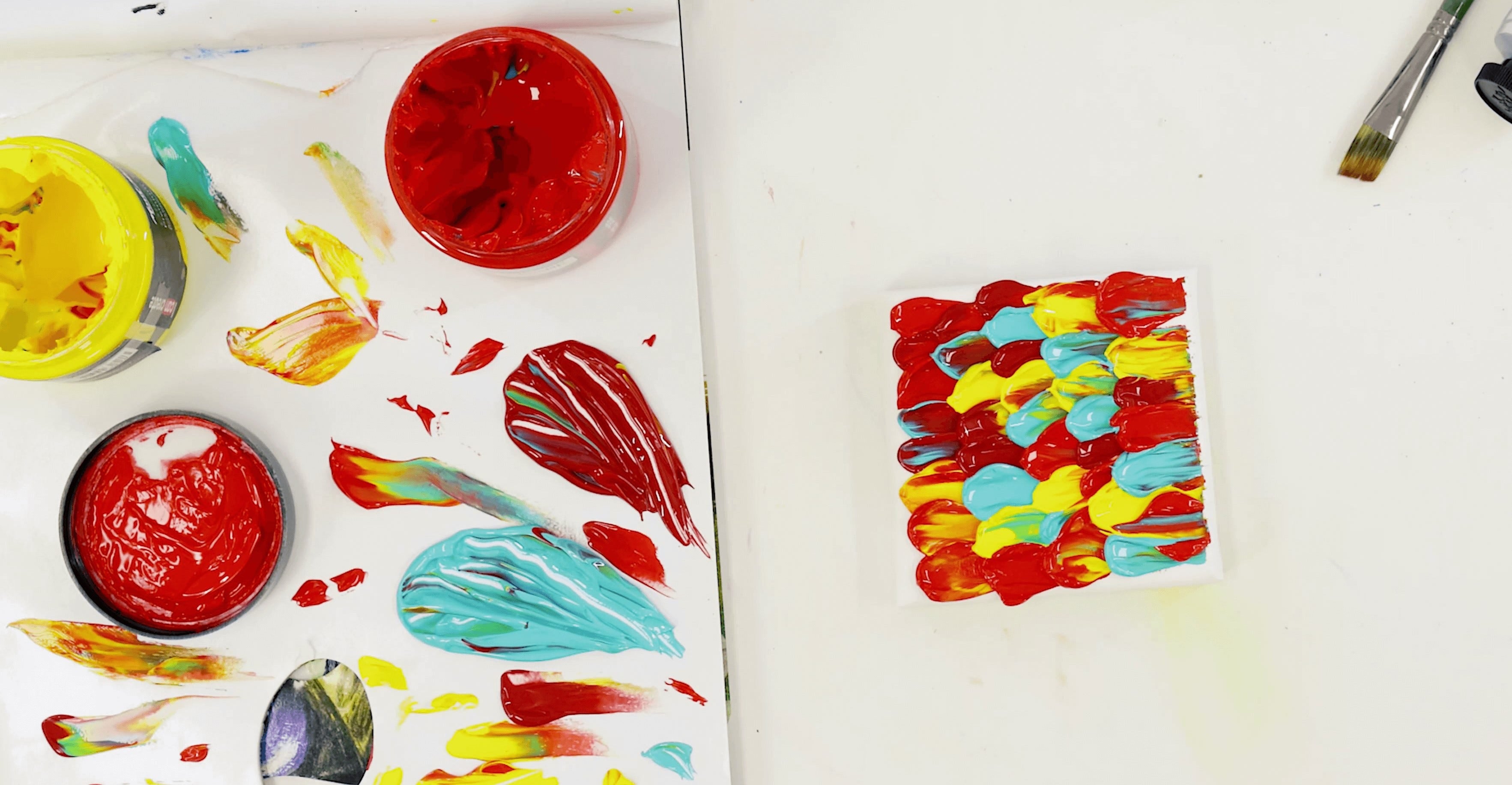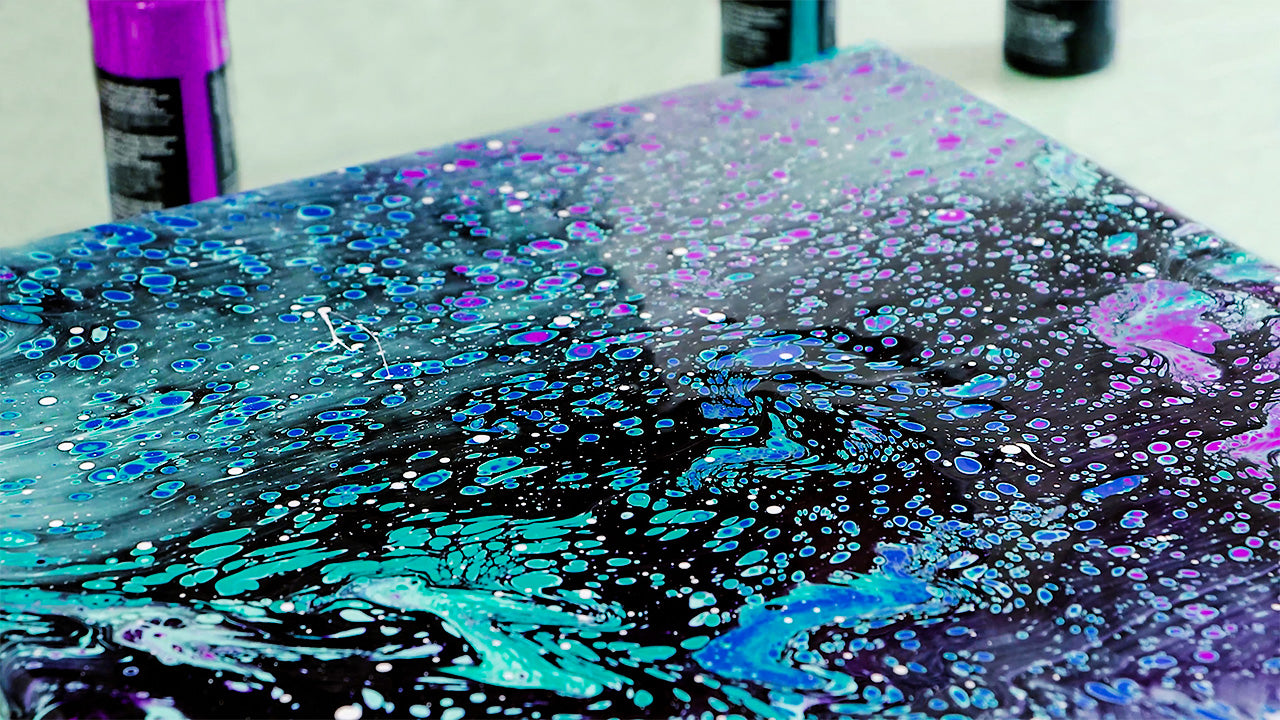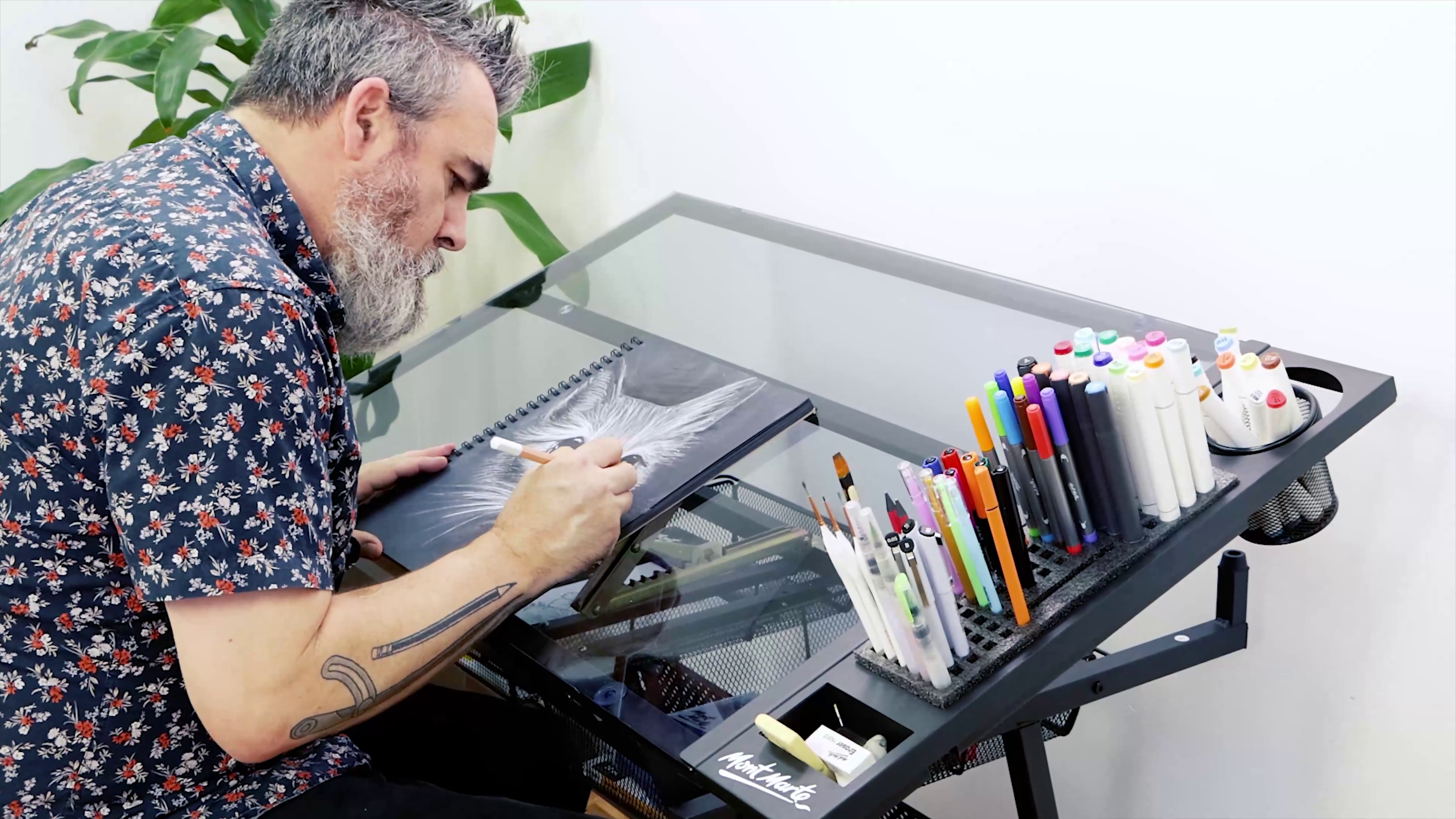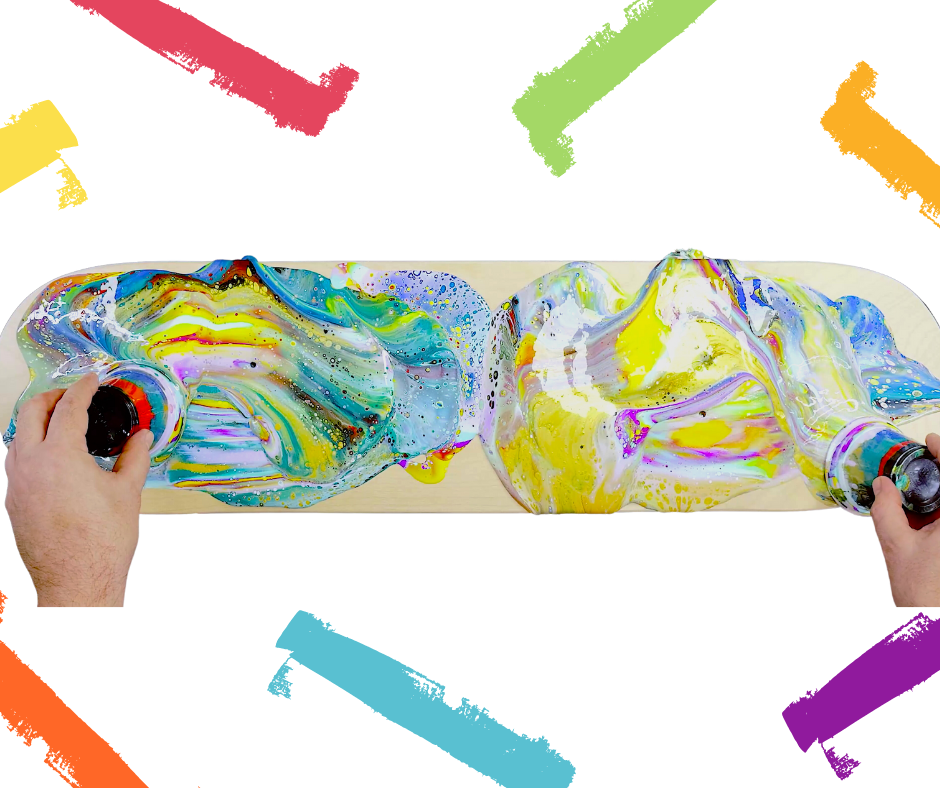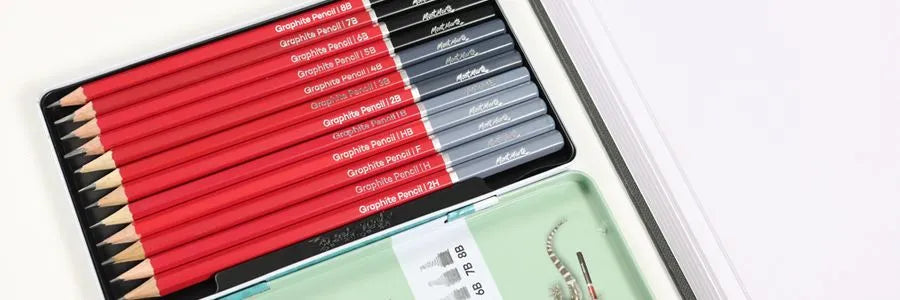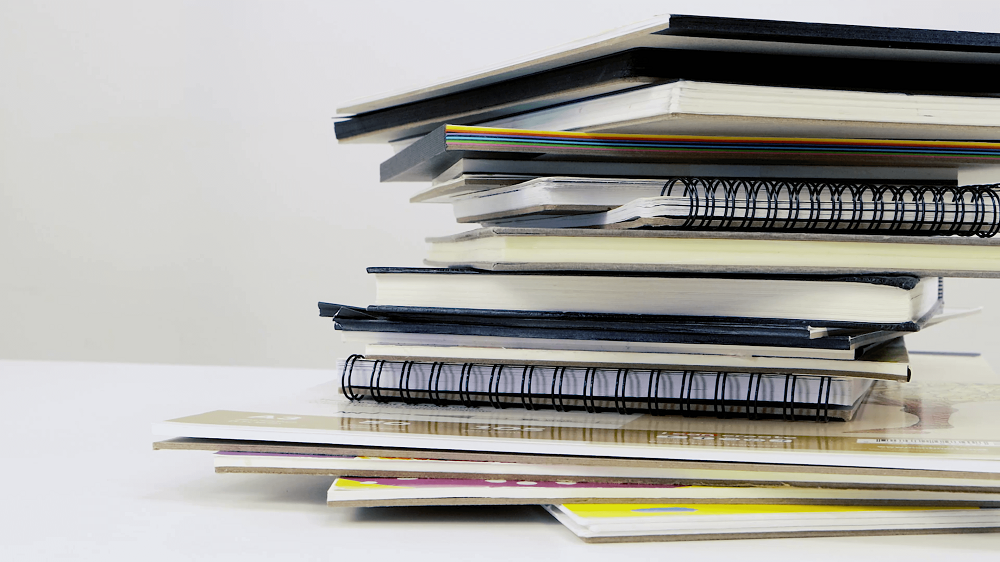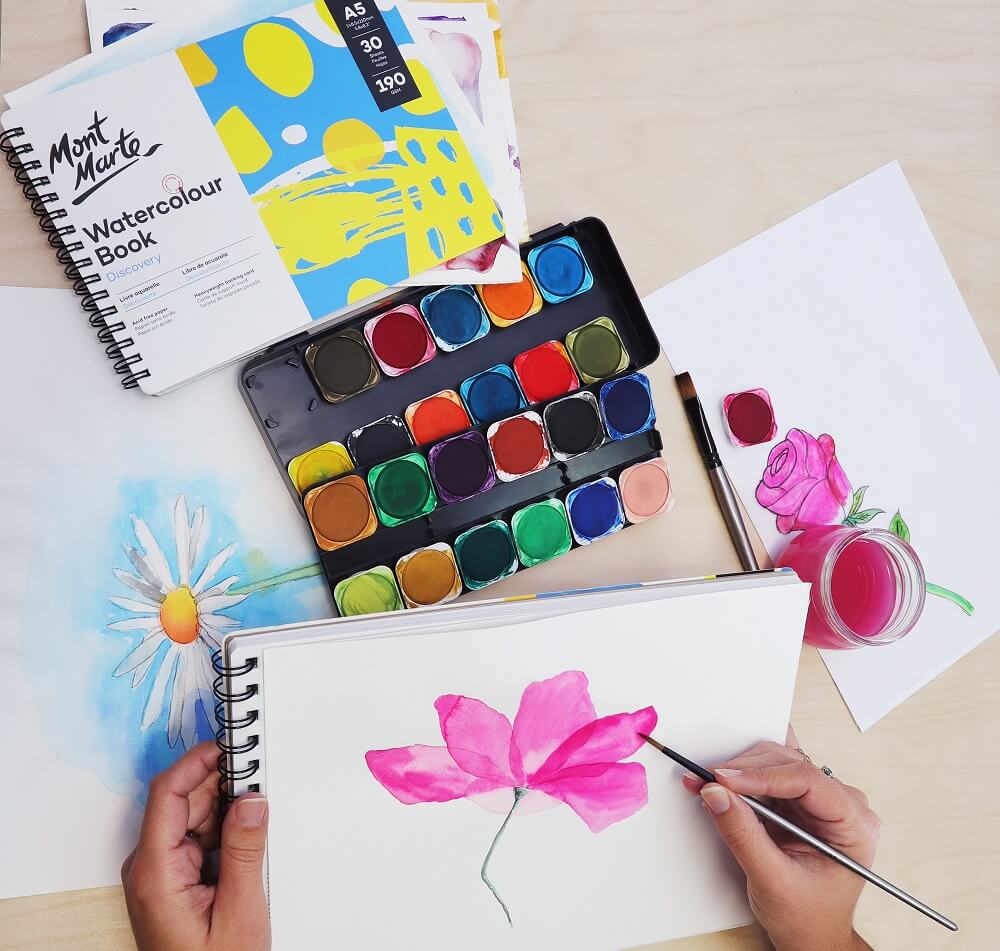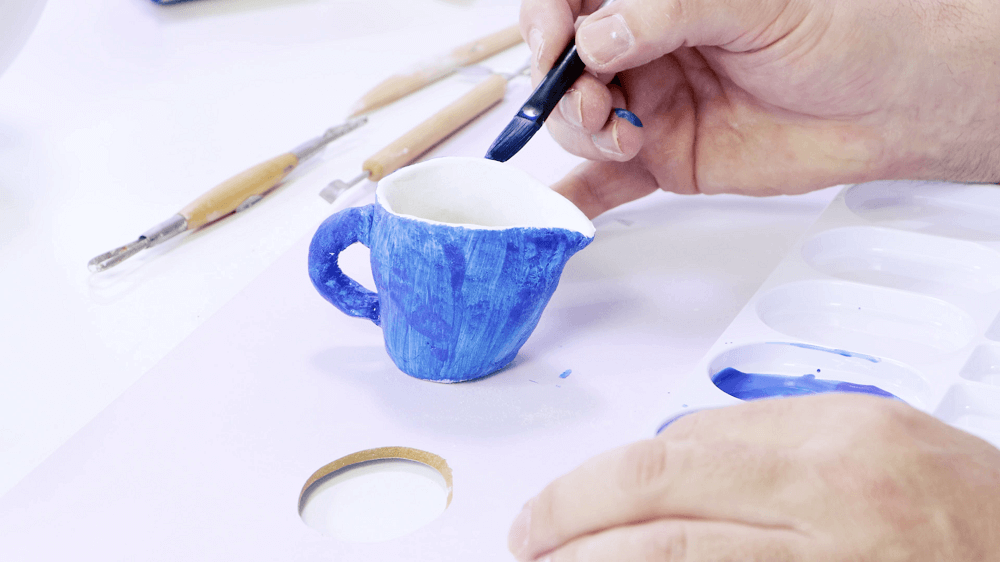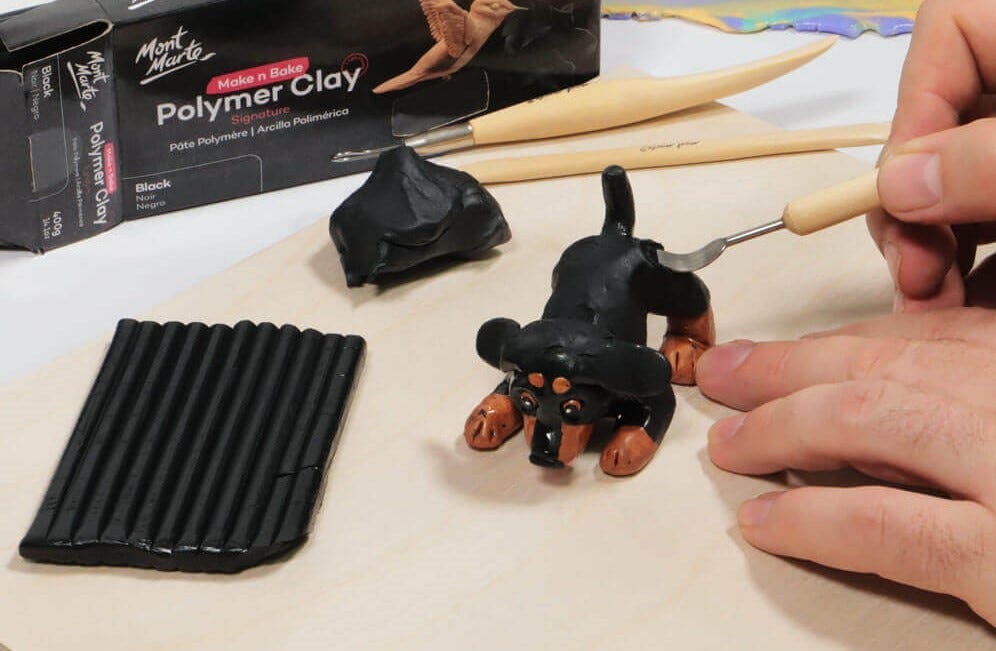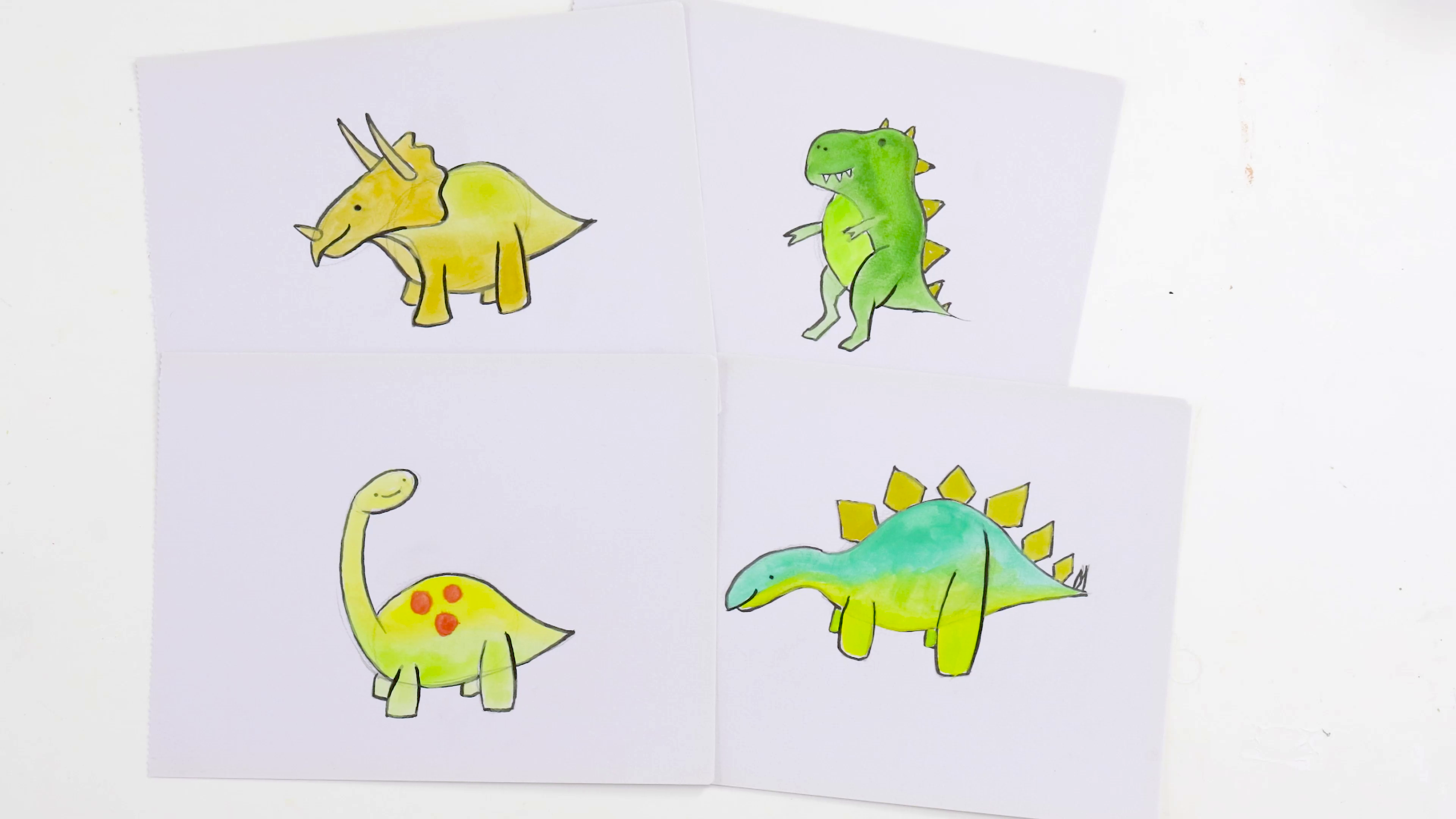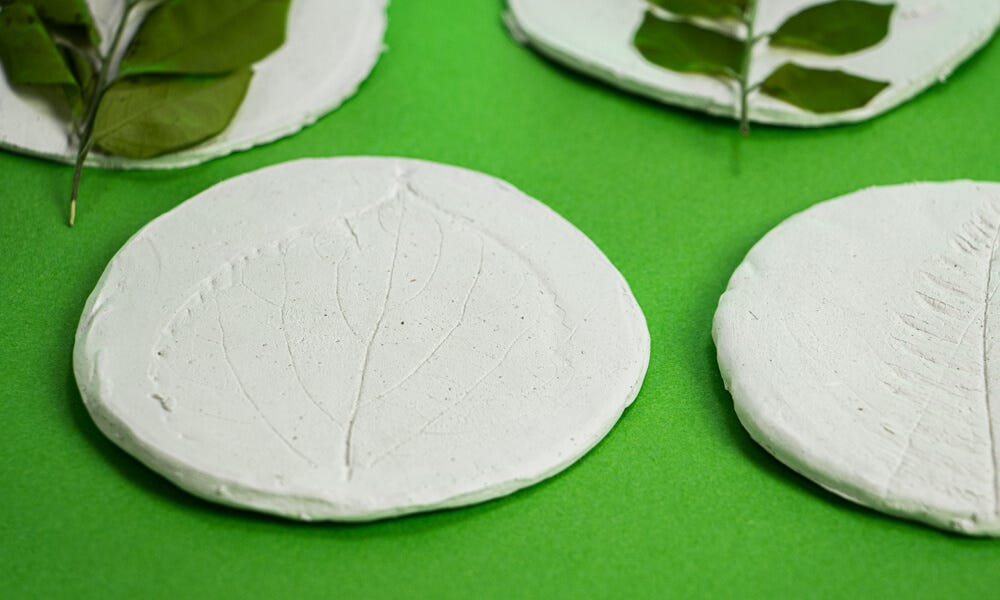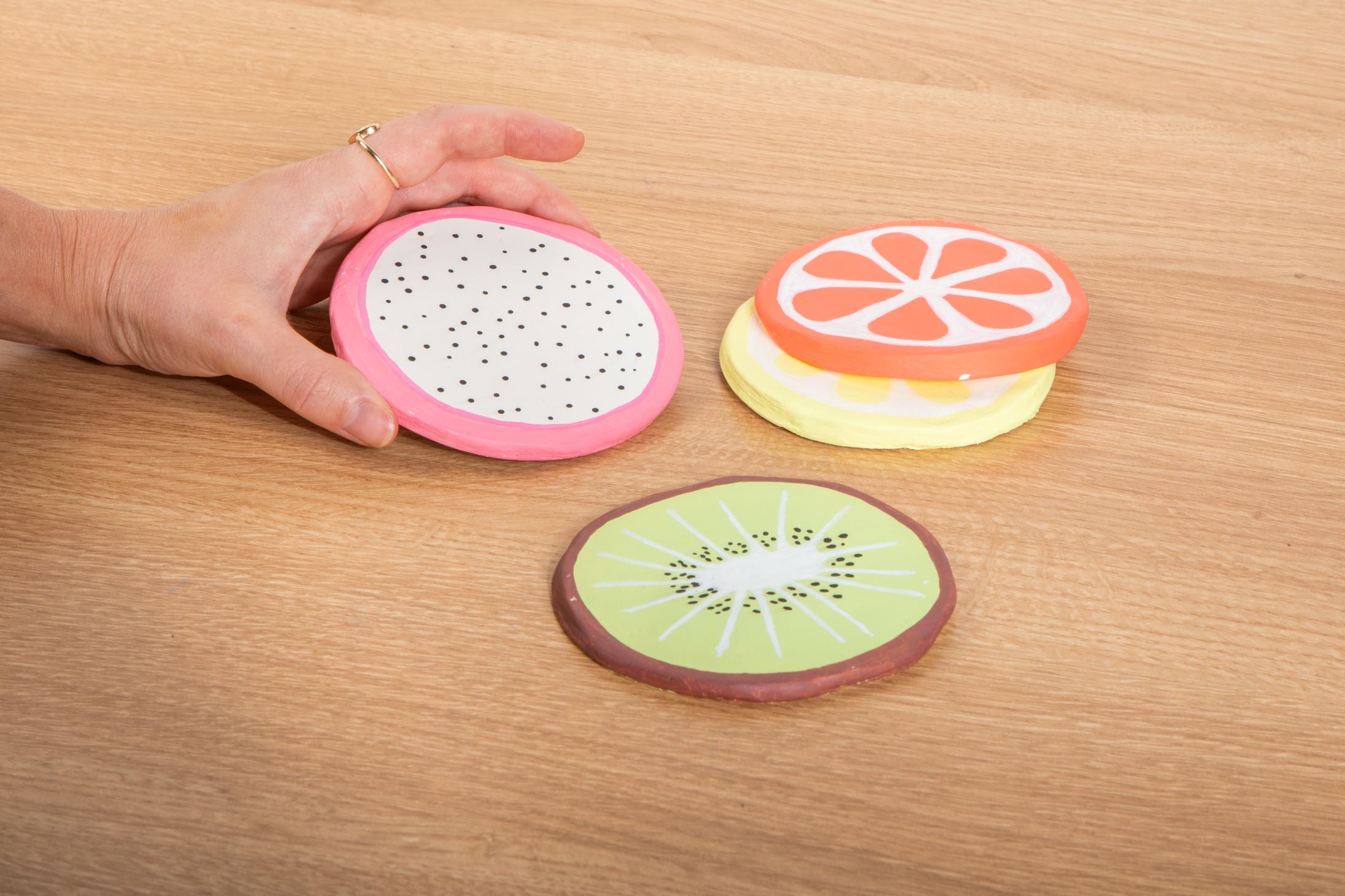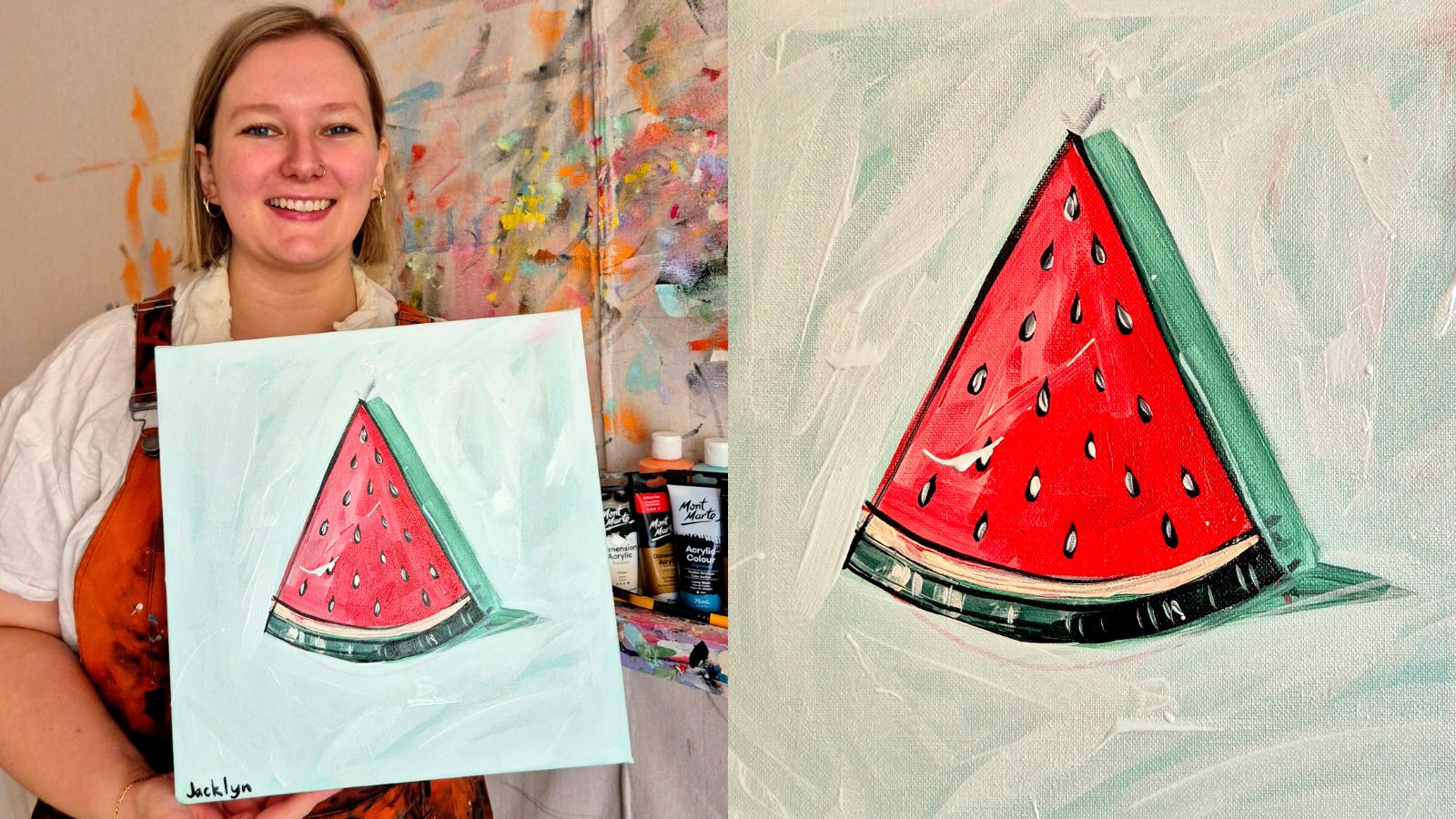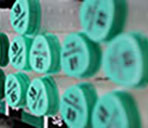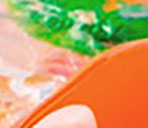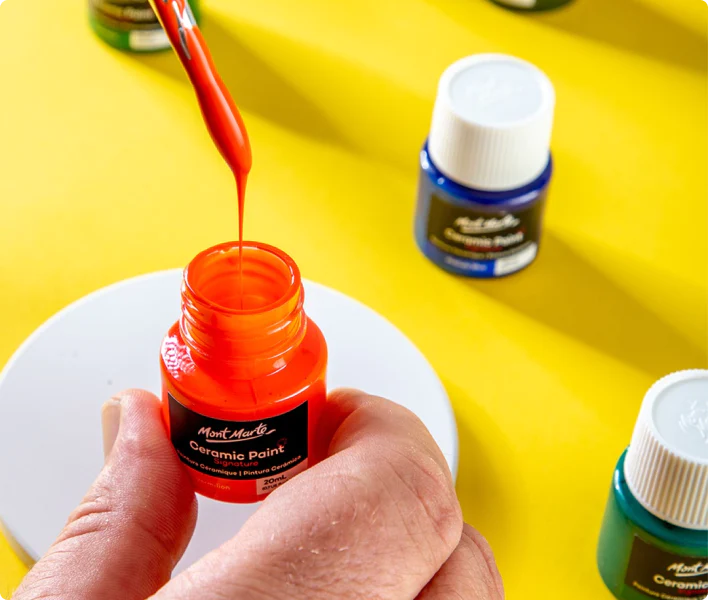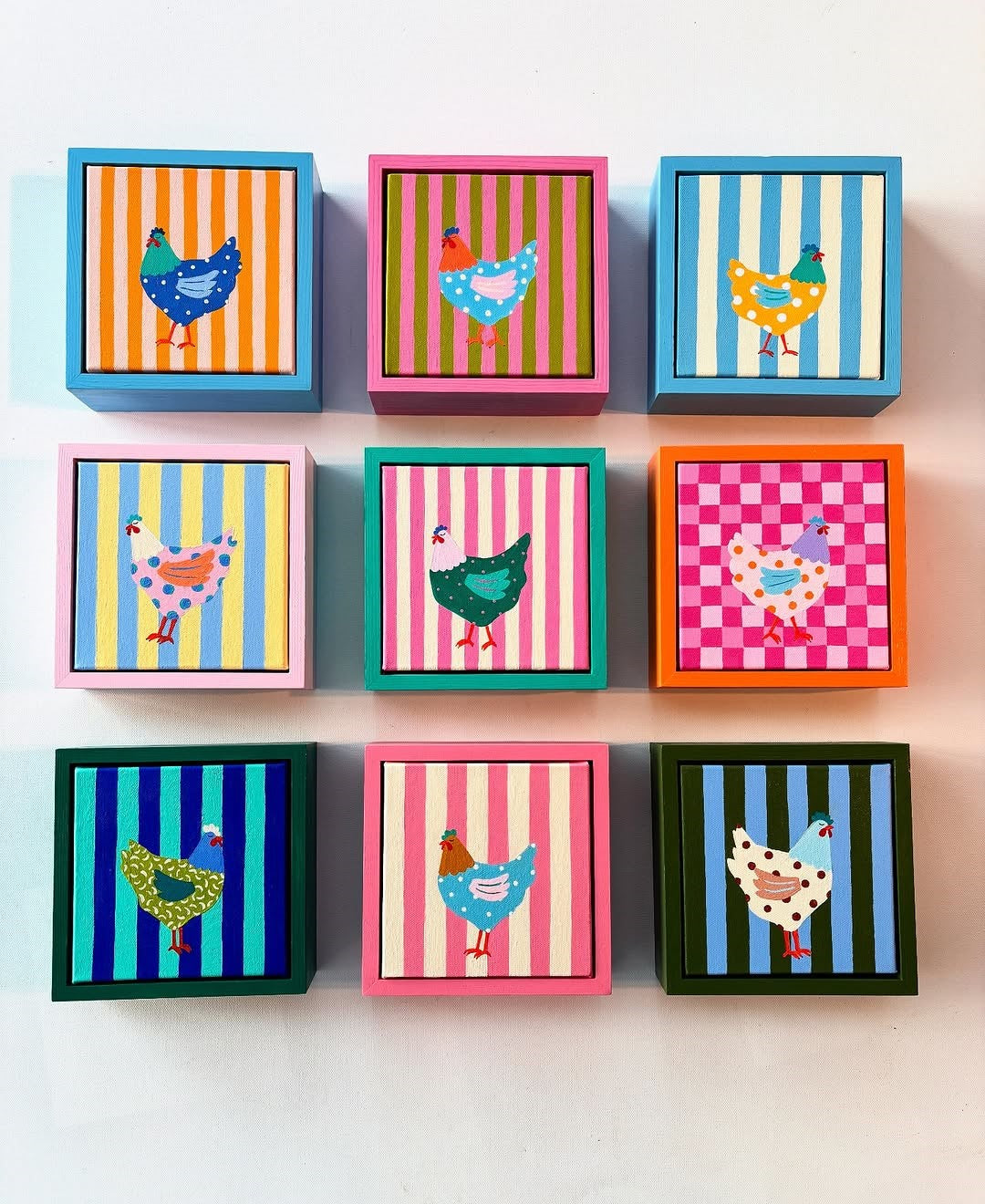If you’re planning a painting, you might want to know how to transfer an image onto canvas. The good news is that there are a few options to choose from. We’ll talk you through each one below – from drawing freehand, to using a grid or tracing.
Draw it freehand

Let’s start simple. One of the most obvious ways to transfer an image onto canvas is to draw it freehand. We’d suggest hanging your reference image up next to the canvas so that you can keep looking back to match up your line work. It can be tricky getting the proportions right using this method, but, as they say, practice makes perfect. We’d recommend using a 2B graphite pencil to lightly sketch in the drawing so that it won’t be seen through your paint.
Use a projector
Using a projector is a quick and easy way to sketch your reference image onto a canvas. There are quite a few options you can use, although the easiest way would probably be to project an image from your computer using an LED, LCF or DLP projector. But if you’ve got an overhead or slide projector in the attic or garage, feel free to give that a go too!
Measure up a grid

This method can be a little daunting, but once you’ve got the hang of it you’ll be good to go. Below are the steps you can follow to transfer any image to a canvas using a grid:
1. Measure and draw a grid over your original image using a ruler and pencil (all squares in the grid must be equal)
2. Lightly measure and draw a grid onto you canvas using a 2B graphite pencil
3. If the canvas is bigger than your reference image, use the formula below to work out how big each square should be
4. Lightly draw your image onto the canvas using the grid squares to guide you
5. Once you’ve transferred the drawing to the canvas, use an eraser to gently remove the grid lines
6. Start painting!


Example:
- 350mm (canvas width) / 150mm (original image width) = 2.33mm
- 15mm (square size from original image) x 2.33mm = 34.9mm
- 34.9mm will be the size of each square in the grid on the upsized canvas
Trace your image

If you’re going to paint on a small canvas or sheet of watercolour paper, tracing might be the easiest way to transfer your drawing. Below are a few quick steps you can use.
1. Photocopy the original image (the largest size you’ll be able to print is A3 which will cover a 30 x 40cm canvas)
2. Shade the back of the paper with a 6B graphite pencil
3. Place the image on the canvas or watercolour paper with the graphite side facing down
4. Trace over the image with a sharp 2H pencil, using some pressure to transfer the graphite from the other side of the paper onto the canvas
Note: If you’re using a stretched canvas, you’ll need to put a firm support underneath it (such as books) to prevent warping from the pencil pressure Are you ready to create? Tag us on Instagram or Facebook using @montmarteart so that we can check out your progress!


